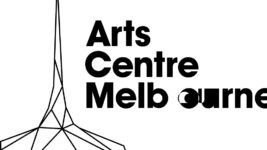News
17 May 2022
Tech Talk: Elation Professional’s SpectraColor Explained
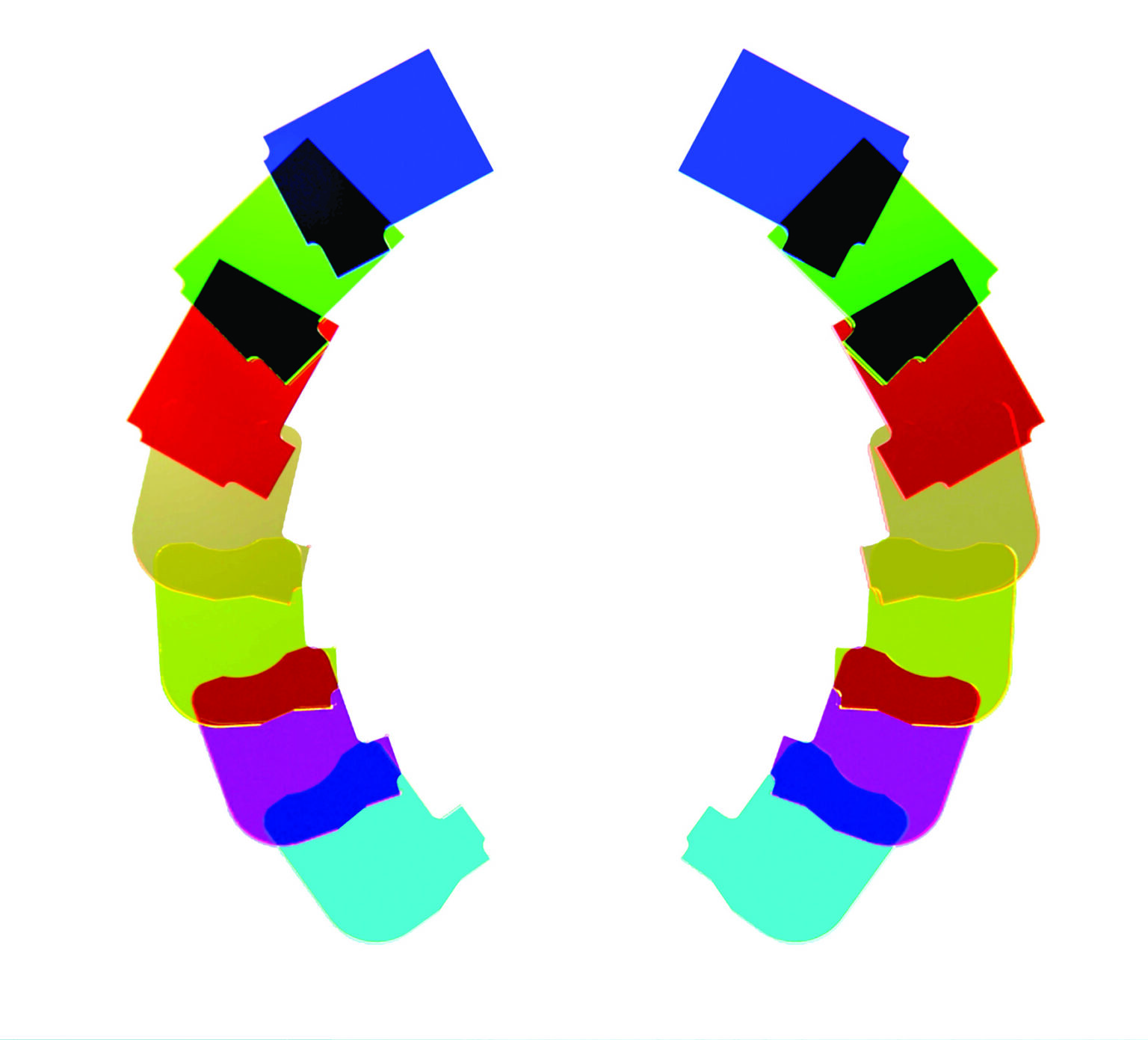
Subscribe to CX E-News
For as long as humans have extracted pigments from the earth to change the colour of things, we have mixed them. From the basic brown, red, and yellowish hues of clay, soil, ochre, sienna, and other earth pigments, it took only a few millennia to figure out how to use sheets of glass with colour gradations to produce nearly any hue we desire.
The basic subtractive colour mix system in almost all of today’s moving lights has remained largely unchanged for decades, and to understand what makes Elation’s SpectraColour System different, a basic (or even thorough) understanding of the fundamentals of a traditional colour mix system is required. Perhaps the most apt metaphor for understanding subtractive colour mixing is colour printing, as the two use similar colour models.
As in printing, a subtractive colour mixing system starts with a white source (paper reflecting white light in the case of printing, a source of white light in the case of a moving light) and then removes, or subtracts wavelengths to produce different colours, typically with cyan, magenta, and yellow filters.
For example, starting with a spectrum of white light, if you pass the light through a cyan filter followed by a magenta filter, what’s left is mostly deep blue wavelengths. Similarly, with a yellow filter followed by a magenta filter, what’s left is mostly red wavelengths. The chromacity (colour) of the projected light is dependent on the chromacity of the filters used; the CMY colour model does not define what is meant by cyan, yellow, and magenta. Different manufacturers use different processes that can give very different end results, depending on the light source and the pigments used for the filters.
In the case of moving light manufacturers making a colour-mix system, the manufacturing process produces glass that starts clear at one area and gradually becomes more saturated, so that many tones can be mixed by varying the saturation of the three filters. Usually, these filters come in the form of two flags that move across the light beam like a pair of curtains. Less frequently used are wheels that start out clear and move toward fully saturated at a point along the glass, which then rotate perpendicular to the beam to change its colour.
There are lots of exceptions and caveats here; in particular, most CMY fixtures include a variable colour temperature control in the form of a fourth light amber-coloured flag, but this basic system holds true in the vast majority of cases. These sorts of three-colour systems are not without their drawbacks, however. For one, mixing secondary colours (red, green, and blue) requires two pieces of glass to be between the source and the output, which decreases output. For another, users are limited to the three or four hues available in the mix system, which necessarily restricts the size of the colour gamut.
Elation’s SpectraColour system aims to address both of these issues. Starting with a white light LED engine, SpectraColour uses not three or four flags, but seven: cyan, magenta, yellow, red, green, blue, and a variable CTO filter. The most immediate advantage this sort of system confers is that it allows red, green, and blue primary colours to be vastly brighter, by eliminating the need to use two pieces of glass between the source and the output.
In my testing, I found that the three additional primary colour flags were especially useful when mixing pastels and in-between colours – pinks, aquas, and various shades of green, without dropping light output too much or the colours getting muddy. A range of subtle greens opens up with a partially-inserted green flag and can be adjusted with varying levels of cyan or yellow. The difficult-to-mix peach and amber range colours are far more attainable with the red and CTO flags partially inserted. The hues of each of the additional RGB flags very closely match what you get when you mix with the “traditional” CMY flags of this light. Where this system really shines, in my opinion, is in the subtle shades and fine transitions. While the pure RGB colours are quite useful, they’re only ever useful by themselves, one at a time, never overlaid.
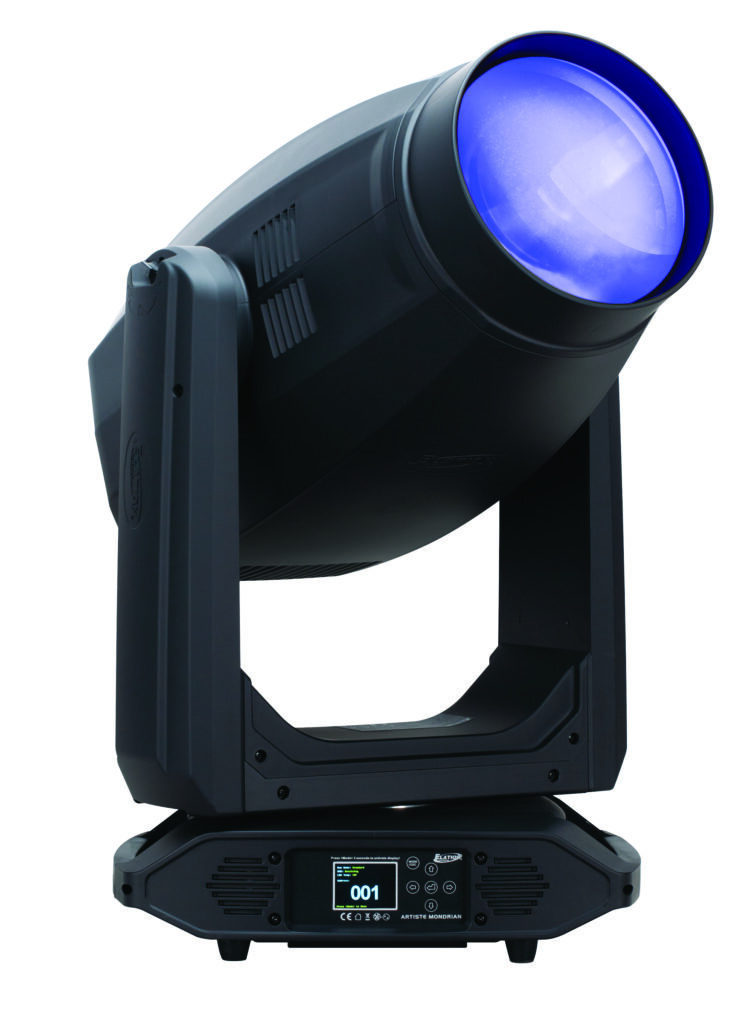
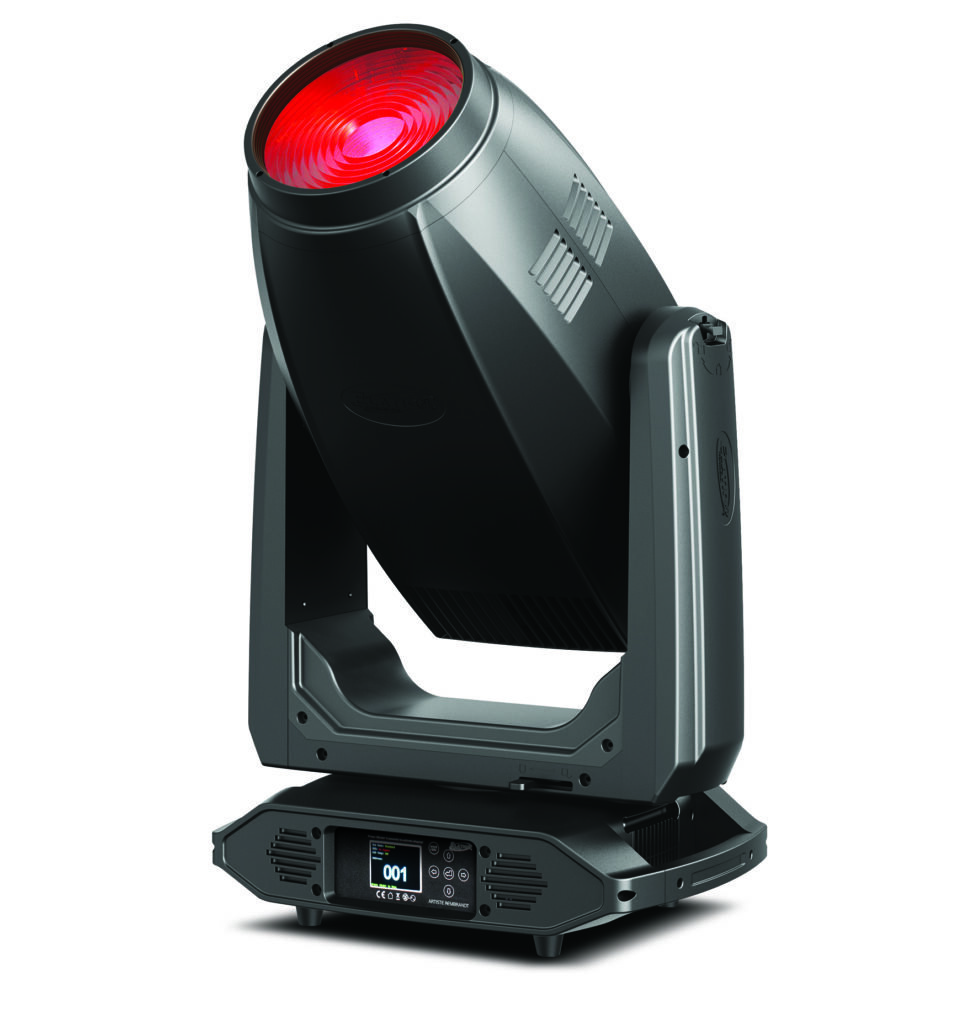
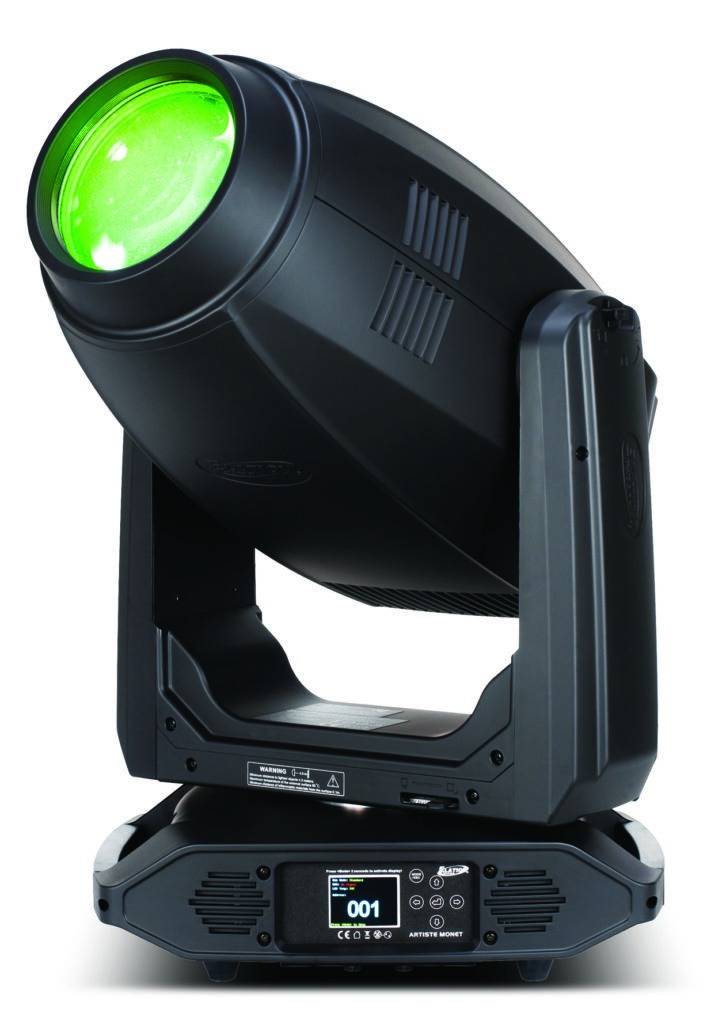
The second-biggest advantage of this system comes when creating colour effects. Having three additional flags not only makes programming certain chases easier (and the output brighter), but unlocks effects that might have been very difficult or impossible without doing them as a chase. “Pop” effects, such as the common red / white or blue / white can have less brightness variation between the white and saturated part of the chase, making for a far more eye-catching effect.
One shortcoming that this system cannot address is the lack of red energy in a white LED-based subtractive mix system. Every white LED you’ve ever seen (1) started life as a blue LED with a phosphor coating on top of it, calibrated to interact with and mix with the blue pump LED to create an (approximate) spectrum of white light. These systems almost invariably have very little red energy in the resulting spectrum, so there often isn’t a lot of red light for the mix system to work with. Having a single set of red flags can allow more light through, but it can’t increase the amount of red energy in the source. Indeed, in my experience, reds were the weakest part of the spectrum. However, this isn’t a problem that’s confined to this light; it affects white LED-based luminaires as an entire class of fixture.
Finally, a note about control: Elation’s SpectraColour requires a little more time spent at the outset familiarising yourself with how it works, and some care should be taken when creating your presets in order to get the most out of the system.
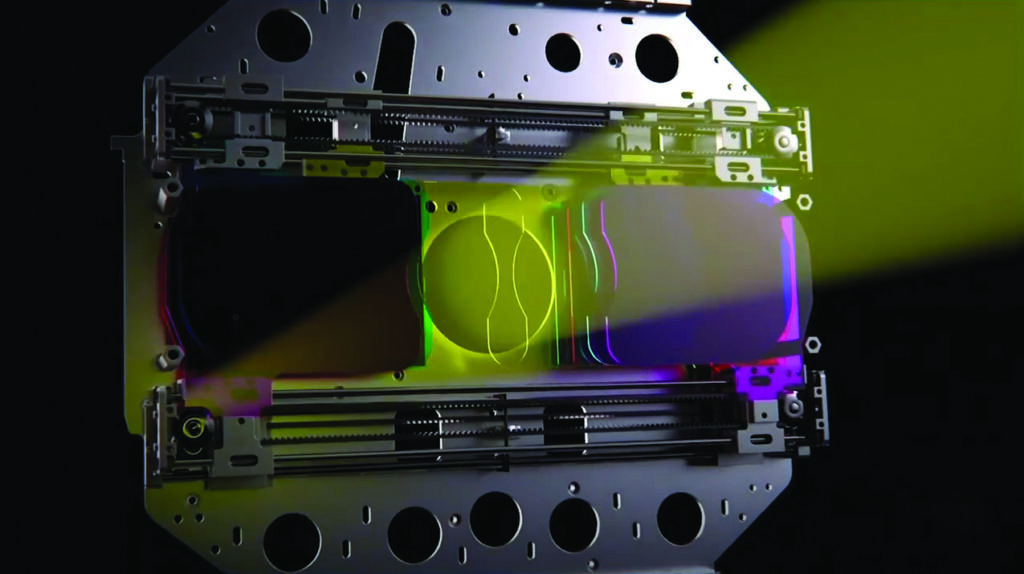
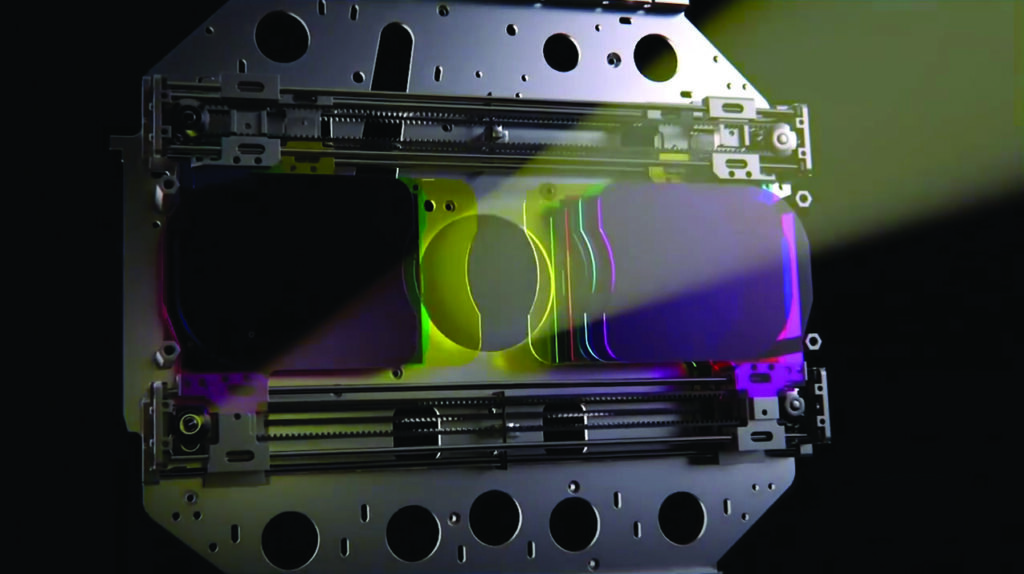
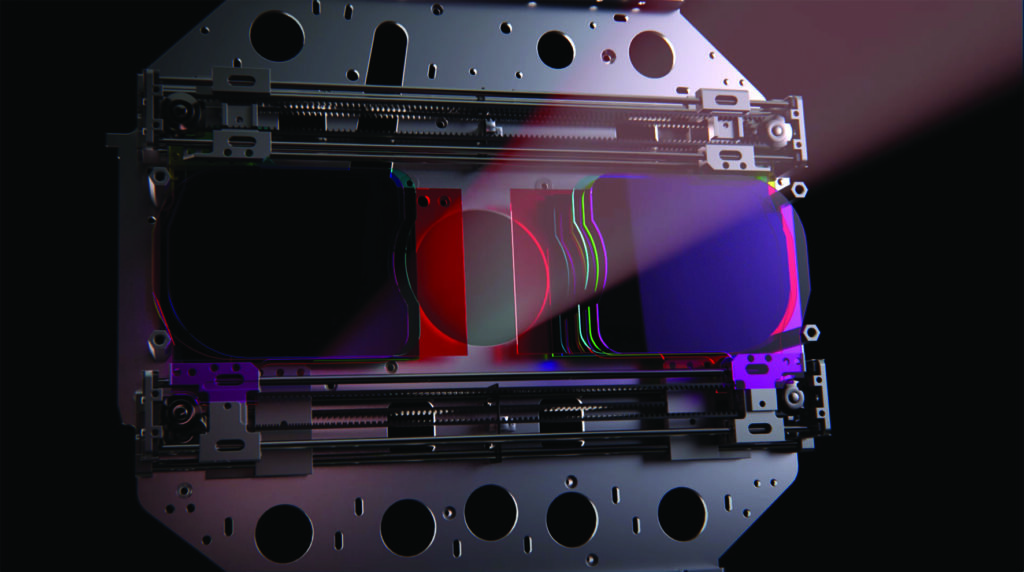
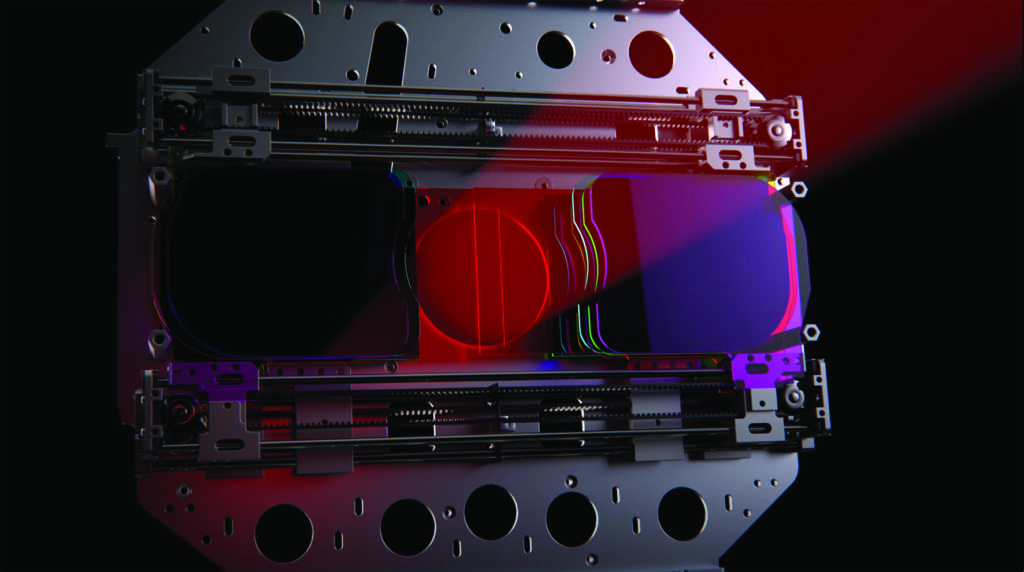
Elation Professional’s SpectraColour System serves up one of the most interesting advancements in subtractive colour mixing in many years. While certainly adding cost, weight, and size to a fixture, the added advantages that come with increased colour gamut and ability for creative effects should be of immense value to designers of every stripe.
(Footnote 1) There are rare exceptions to this blanket statement, including some interesting designs featuring violet-range pump LEDs that then excite RGB phosphors. These are not in widespread production, however.
About the Author
Craig Rutherford is a Minneapolis-based lighting designer with over a decade of experience in the industry. His production credits include Lighting Designer for Charli XCX, and Lighting Director for Halsey. He is the owner and president of Blueshift Design.
Subscribe
Published monthly since 1991, our famous AV industry magazine is free for download or pay for print. Subscribers also receive CX News, our free weekly email with the latest industry news and jobs.





